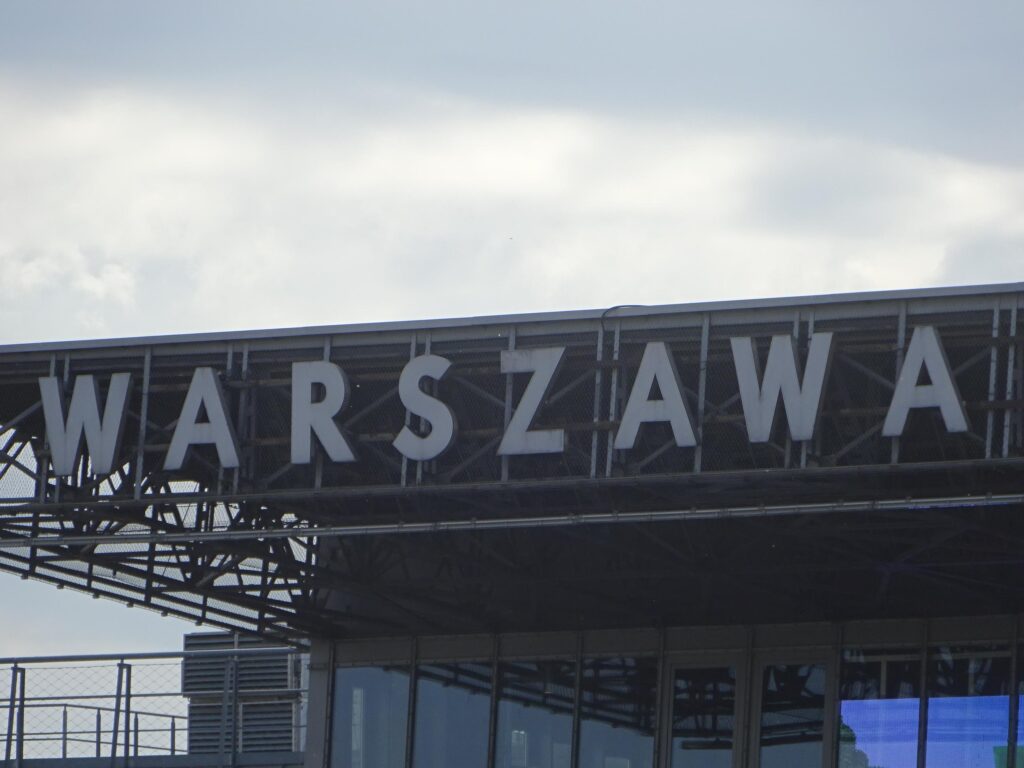
Bison and giant sequoias? I saw these things on a trip to Warsaw and Hajnowka in Poland. The occasion was an event organized by the Polish National Agency for Erasmus+. The partnership-building activity (PBA) was called „Belarusian Youth Work.“ It brought me into contact with youth organizations that had fled Belarus to Poland. In this way, the EU provides assistance in finding partners for Erasmus+ projects. We brainstormed project ideas together, and the EU provides tips for submitting applications. And I saw bisons:
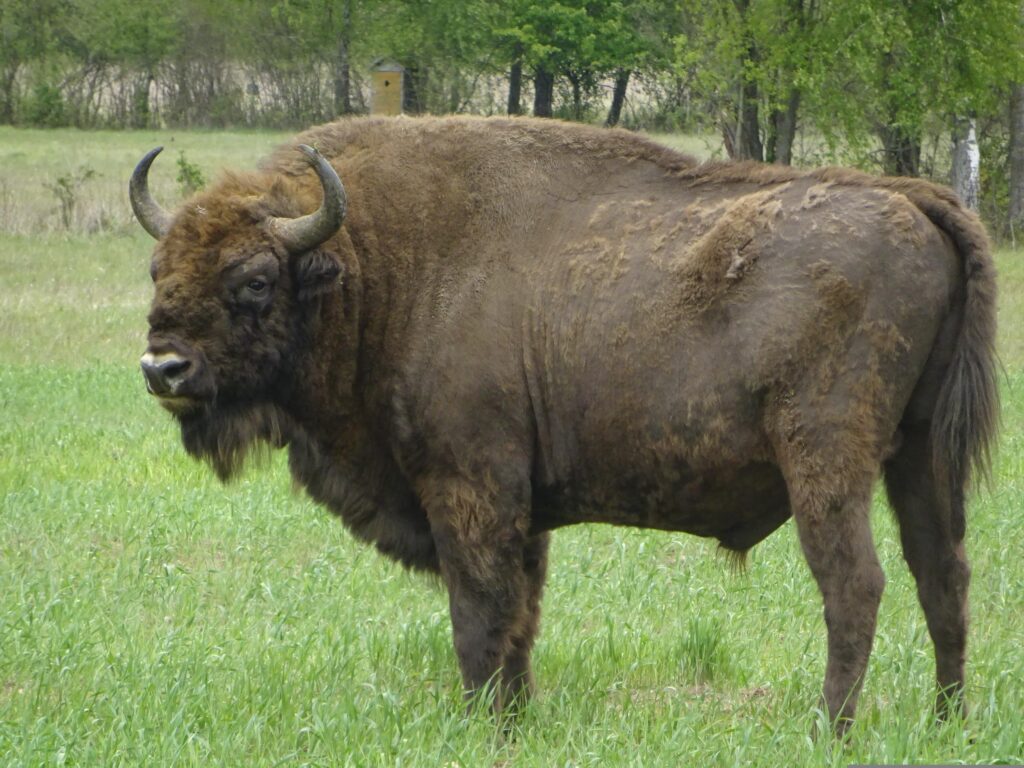
Why Belarus?
Why am I interested in Belarus? In 2020, an uprising took place in Belarus. The president had rigged the elections. Unfortunately, the president’s henchmen crushed the non-violent uprising after nine months. The courage and non-violence of the uprising impressed me greatly. That’s why I’m interested in collaborations with people from Belarus. The Youth Rada, an association of organizations expelled from Belarus after the uprising, complains that it is very difficult for them to find cooperation partners. The reputation of the dictatorship, which supports Putin’s war in Ukraine, is unfortunately also rubbing off on the opposition (more information can be found here). Salto Eastern Europe & Caucasus organized this partnership-building activity to address this issue.
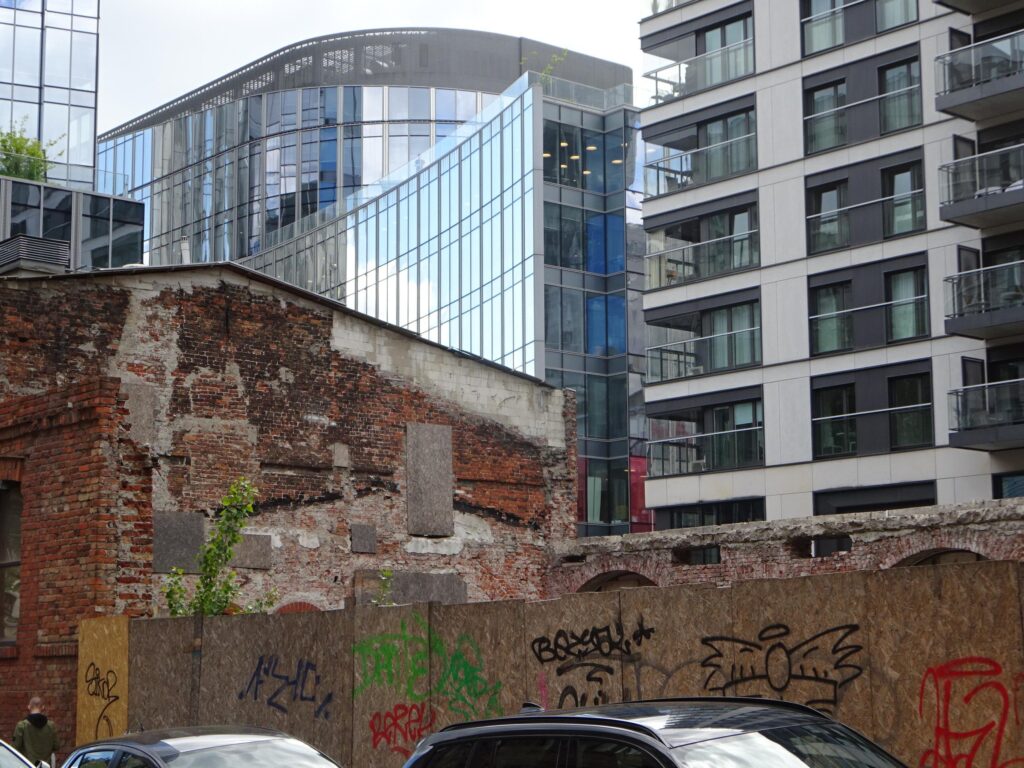
Salto Platform
I found the event on the platform https://www.salto-youth.net/. Salto is an EU competence center designed to facilitate Erasmus+ cooperation. Among other things, it offers a database of training courses for which you can apply. Thanks to the support of the EU National Agencies, participation is free, or almost free. I saw the announcement for the partnership-building activity there, registered, filled out the application form, and was accepted. So, off to Poland!
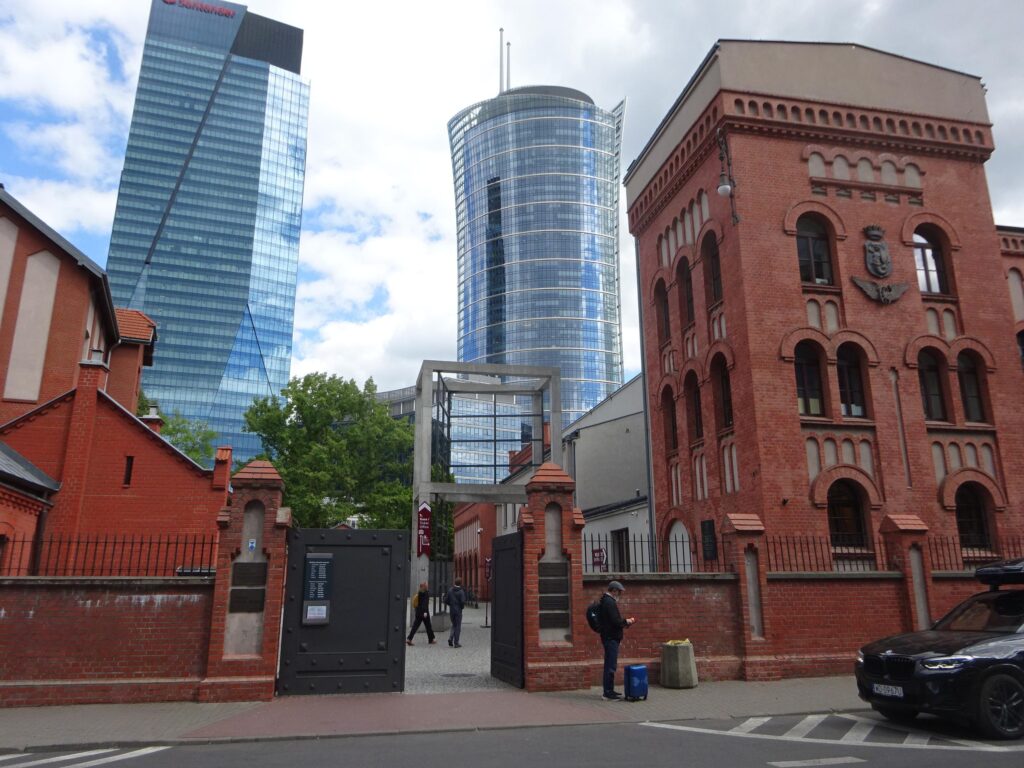
Uprising Museum
I got up very early this morning and took the train to Warsaw. I used the time to visit the Warsaw Uprising Museum. The citizens of Warsaw rose up against German rule on August 1, 1944. It took 63 days, until October 2, for the German army to defeat the insurgents. During this time, the German soldiers slaughtered and massacred their way through the city. The Soviet army, already at the gates of Warsaw, saw this.

The wounds that ordinary German soldiers inflicted on the city in the most criminal ways are still visible. Almost nothing remains of the urban expansion of industrialization around the Old Town. We owe the Poles at least a capital city—with compound interest for 80 years.
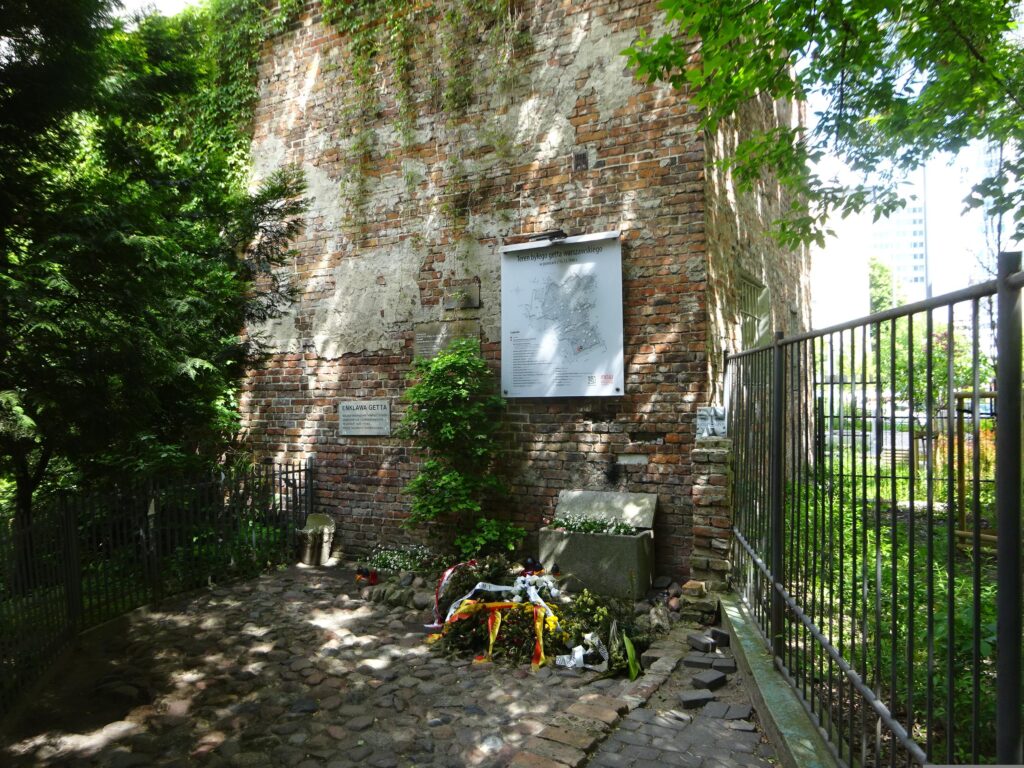
At the Ghetto Wall
Very few traces remain of the Jewish ghetto. After the residents revolted against the murder in 1943, the German army killed almost everyone and leveled the area. A still-standing section of the wall on the grounds of a school is now a memorial.
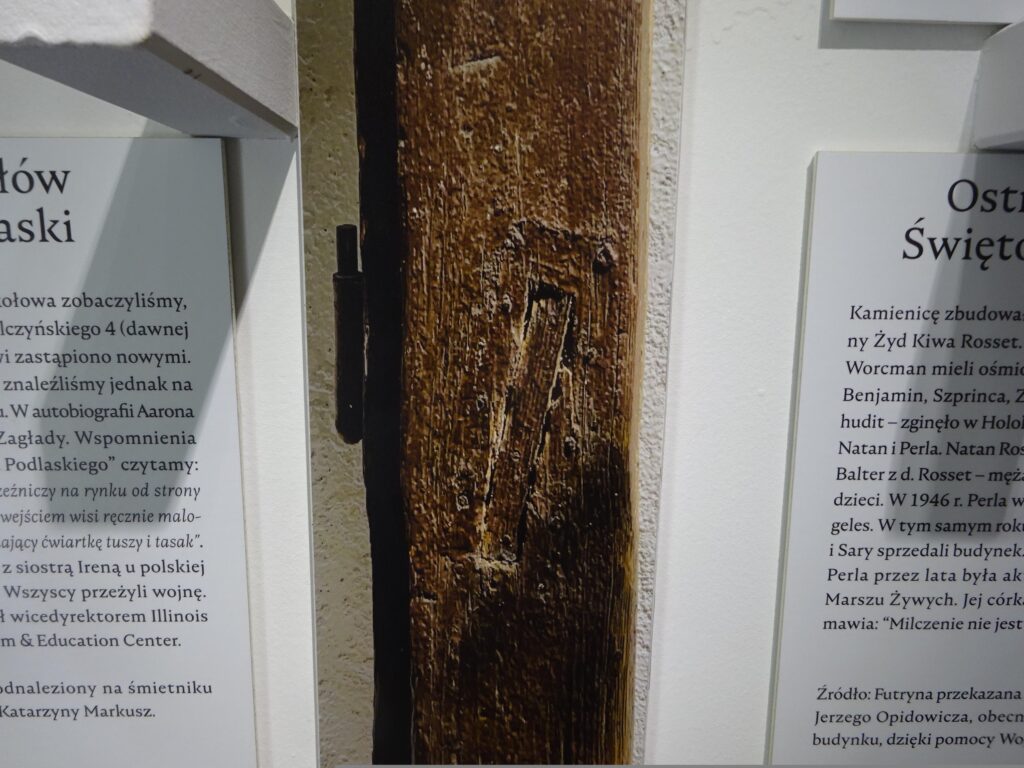
Mezuzah Museum
The small studio of the Mezuzah Museum is located at this section of the ghetto-wall. A mezuzah is a small religious cult object in Jewish households. The centerpiece of the mezuzah is a Torah verse. This Torah verse is engraved on very thin steel. The steel sheet is rolled up and a container is inserted. The container is then attached to the door frame. When one moves out of the apartment, one takes the mezuzah with them. But many Jews no longer had the opportunity to do so due to the persecution by the Germans.
Searching for Traces
The artists who run the Mezuzah Museum specifically seek out streets formerly inhabited by Jews. There, they search old houses for preserved mezuzahs or traces of them. They exhibit these in their museum. They also produce new mezuzahs to breathe new life and presence into this Jewish tradition in our everyday lives.
Trace on the Doorframe
This impressed me greatly. In my first apartment in Berlin, in a rather dilapidated old building, there was an anomaly in the doorframe: a gap about 8 cm high. I assumed it was from the attachment of a door chain. But the slightly slanted angle didn’t fit. I now suspect: It was a mezuzah.
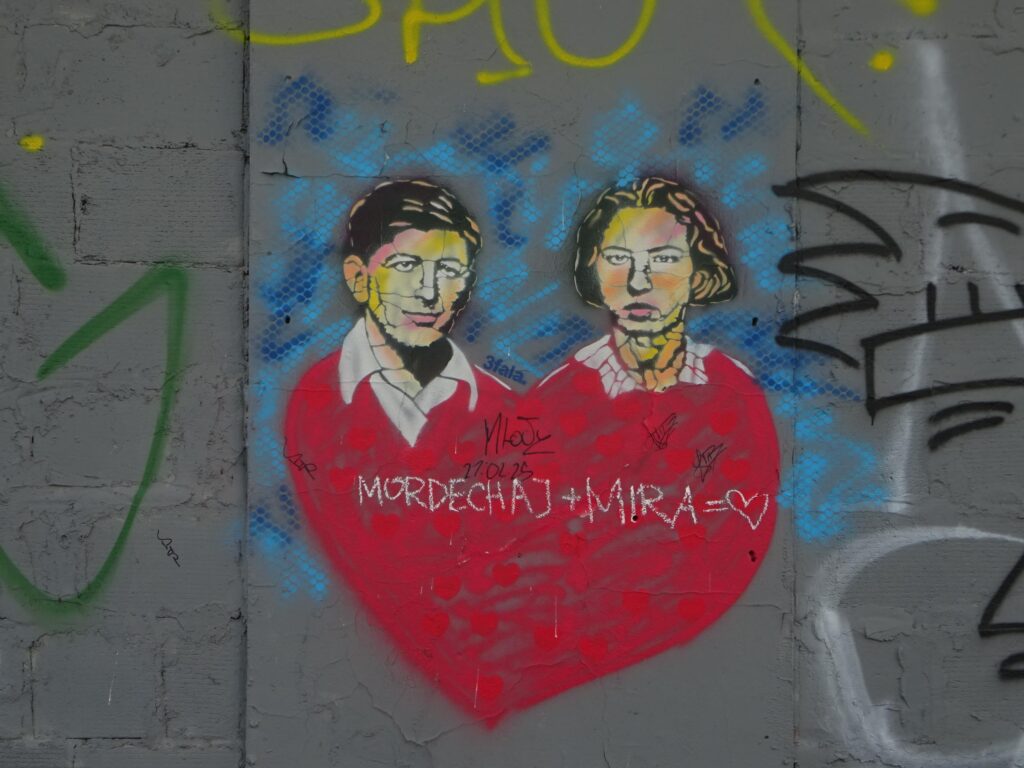
Mordechaj and Mira in love
The Jewish uprising has not been forgotten either. This graffiti at Rondo ONZ shows the faces of Mordechaj Anielewicz and Mira Fuchrer. They were the leaders of the uprising. And they died during it. I naturally assumed they were in their mid-40s to mid-50s and veterans of the First Great War, having served as corporals or sergeants in the old armies of the Tsarist Empire or under the Habsburgs. I was all the more surprised to learn that the two were young people in their early 20s who had never experienced military training in their lives.
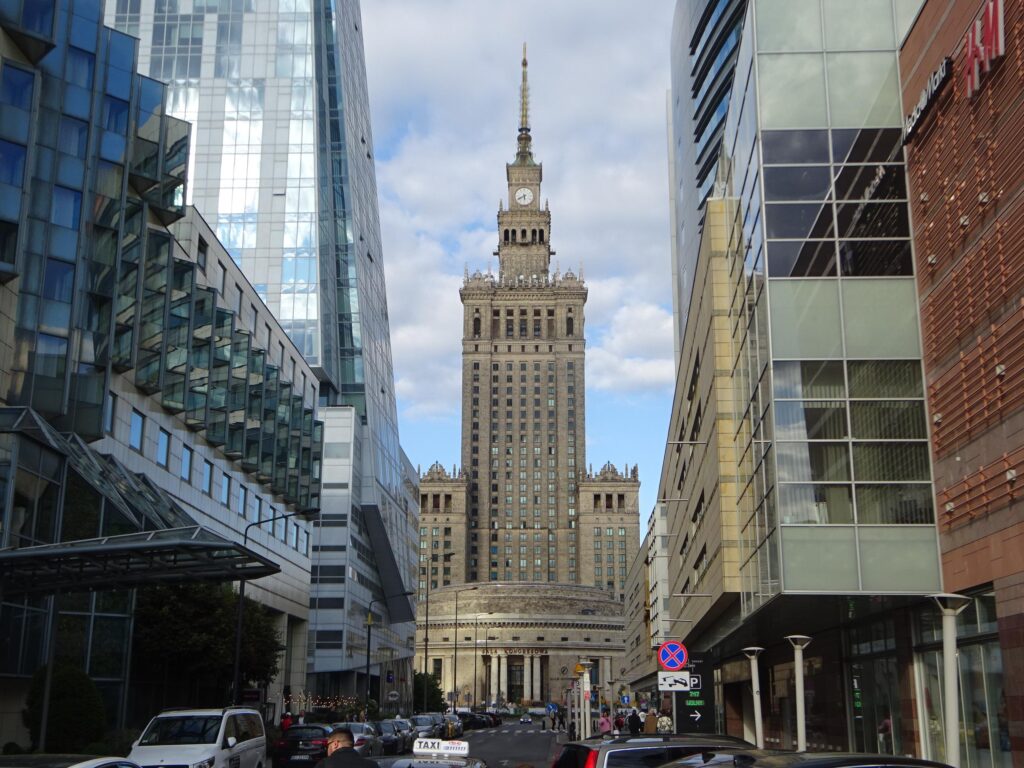
Bar in the Palace of Culture
In the evening, the seminar program began with dinner at the hotel and a visit to a bar. The bar was located in the Palace of Culture and Science, an iconic Stalin-era high-rise in the center of Warsaw. Small talk wasn’t a problem, I had experienced and seen a lot on my first day in Warsaw!
Finding Partners
We spent the second day in a chic seminar room at the very chic hotel. We got to know each other and our organizations: an important step towards building partnerships. Furthermore, the Belarusian participants raised awareness of the challenges young Belarusians face when participating in Erasmus+ projects. Contrary to my assumption, projects with Belarus are still possible in Erasmus+. However, finding partners is difficult. The organizations involved risk being classified as „extremist“ and „foreign agents“ by the Belarusian regime. Understandably, given the brutality of the regime’s repression, very few people are willing to take this risk.
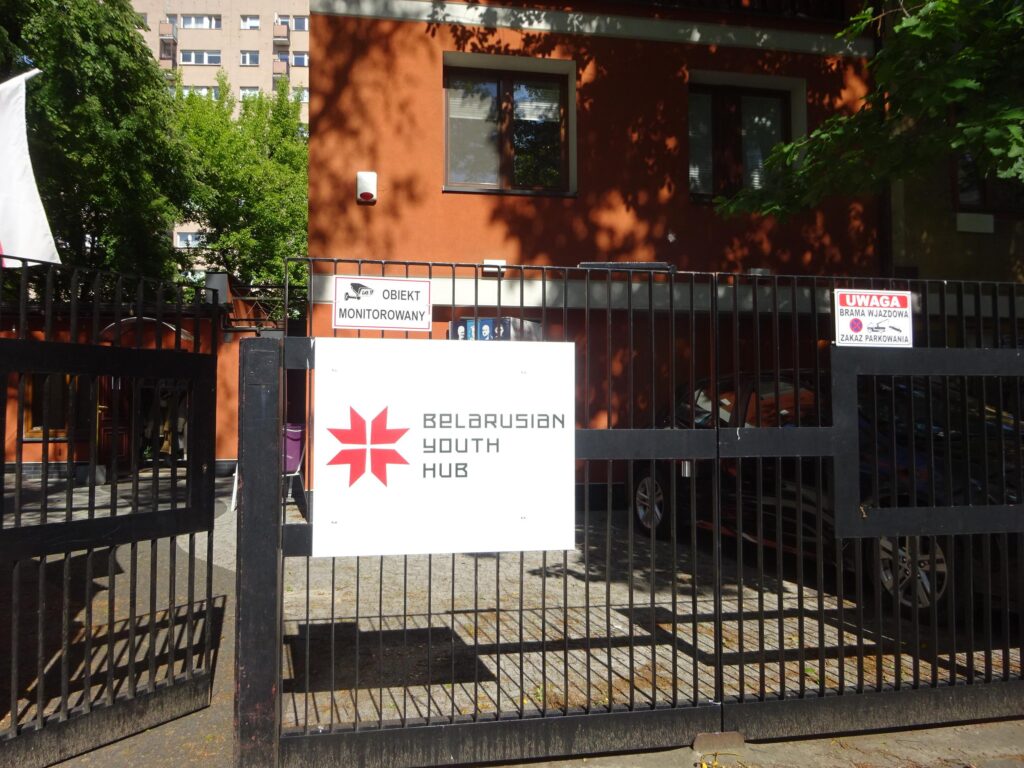
Belarus Youth Hub
In the afternoon, our first study visit to Warsaw was scheduled. We visited the Belarus Youth Hub. The Belarus Youth Hub is an association. The association has access to a large terraced house a few metro stops from the city center. There, there are event venues, co-working spaces, workshops, and studios. All freely available to young people, not just from Belarus, who want to get involved. During the discussion, it became clear how the Belarusian regime’s lack of health management contributed to Lukashenko’s ousting in 2020. More information about the Belarus Youth Hub in Warsaw can be found here.
Adu.place
Another visit led to Adu.place. This is an NGO that tries to inform students in Belarus online about how they can study in the EU, do internships, or take advantage of Erasmus+ opportunities. But this is risky. The regime considers contact with Europe dangerous. Therefore, the regime denigrates this information as „extremist material.“
Visas?
The Belarusian regime, by the way, is happy to let its disaffected citizens leave the country. This puts pressure on the system. But the visa policies of EU states toward Belarusian students interested in the West are becoming increasingly restrictive. This is a disgrace; we should change it: Anyone who is fed up with dictatorship should, of course, be welcome in the EU!
Funny Onomatopoeia
I also learned a new word here. It’s „gongo.“ A GONGO is a government non-government organization. The Belarusian regime is shutting down NGOs that open a window to Europe. The void in public life is filled by regime-loyal court-loyal associations. I find the sount painting of the word GONGO entertaining. An NGO has fairly firmly established values that the NGO advocates for. A GONGO, on the other hand, goes along with every shift of the regime and gon-gon-gon-gon-gon-got merrily through the discursive field.
Potato Pancakes with Mushrooms
Afterwards, we went to the Restauracja Królewska. It’s a Belarusian restaurant with Belarusian specialties. Very good! I recommend the potato pancakes with mushrooms.
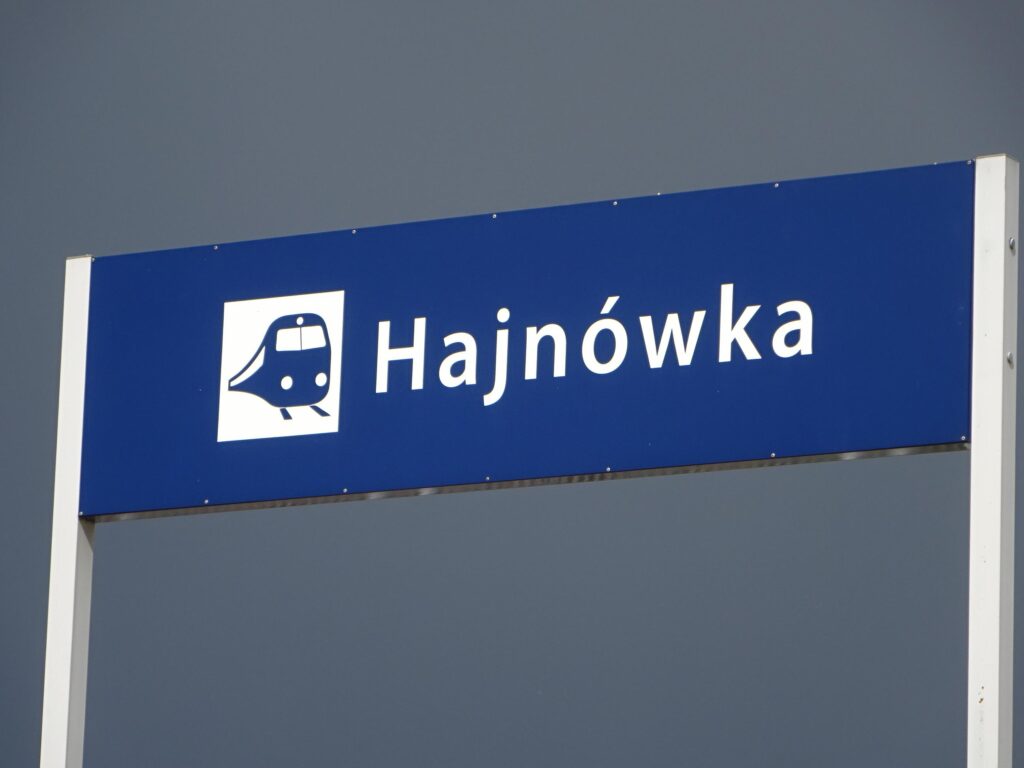
To Hajnowka!
We spent the third day on the train. We were on our way from the Polish capital, Warsaw, to Hajnowka. This is a town in the far east of Poland, on the border with Belarus. It has a population of about 25,000. The Berlin district of Lichtenberg is twinned with Hajnowka. During World War I, the German army enslaved and deported its inhabitants. During World War II, the German Wehrmacht completely destroyed the town (so we owe Poland more than just a capital city…).
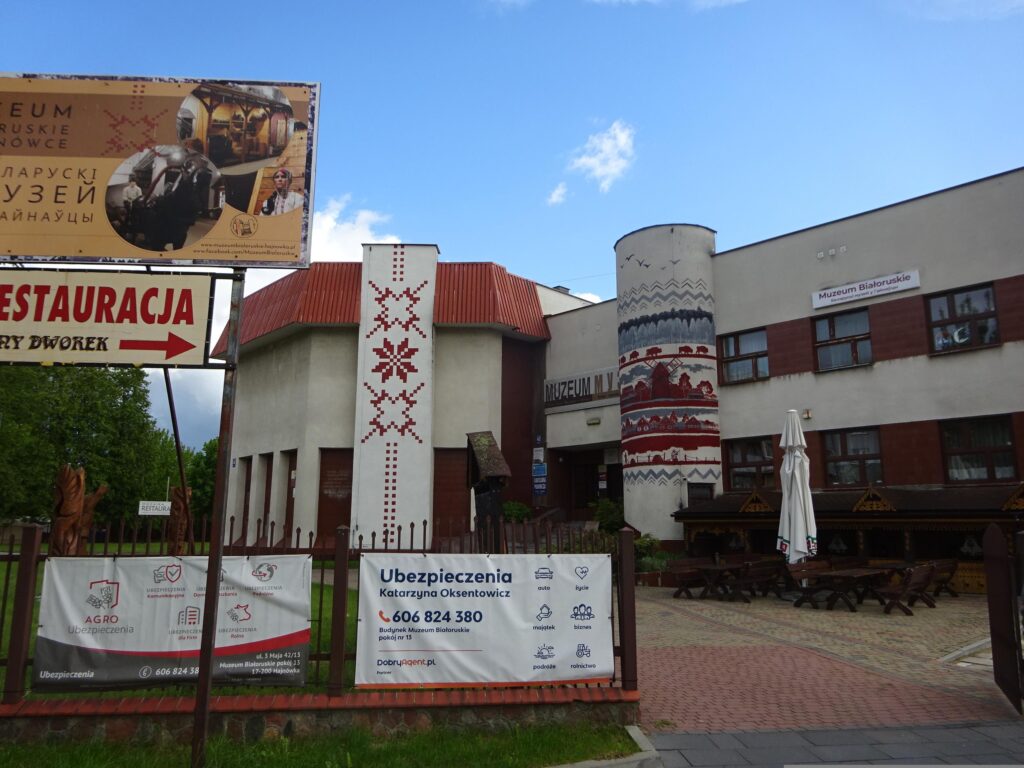
Shaped by Rus
Hajnowka has been shaped by the language and culture of ancient Rus since the beginning of time. While the Soviet government strictly enforced a policy of Russification in Belarus, communist Poland, with its Orthodox Belarusian minority, thrived. Therefore, Hajnowka is now a center of Belarusian culture, where many refugees from Belarus are happy to settle. This is a stroke of luck for the Polish government. Imagine if, all of a sudden, scores of well-educated taxpayers wanted to move voluntarily to the remote corners of Brandenburg!

Building Partnerships in the Compartment
Polish trains have compartments, just like ours did in the good old days of the German Federal Railways. Thanks to these compartments, you can do group work on the train in Poland. These group work sessions, as well as the seminars after arrival, focus on finding concrete ideas for collaborations and agreeing on the first steps to put them into practice.
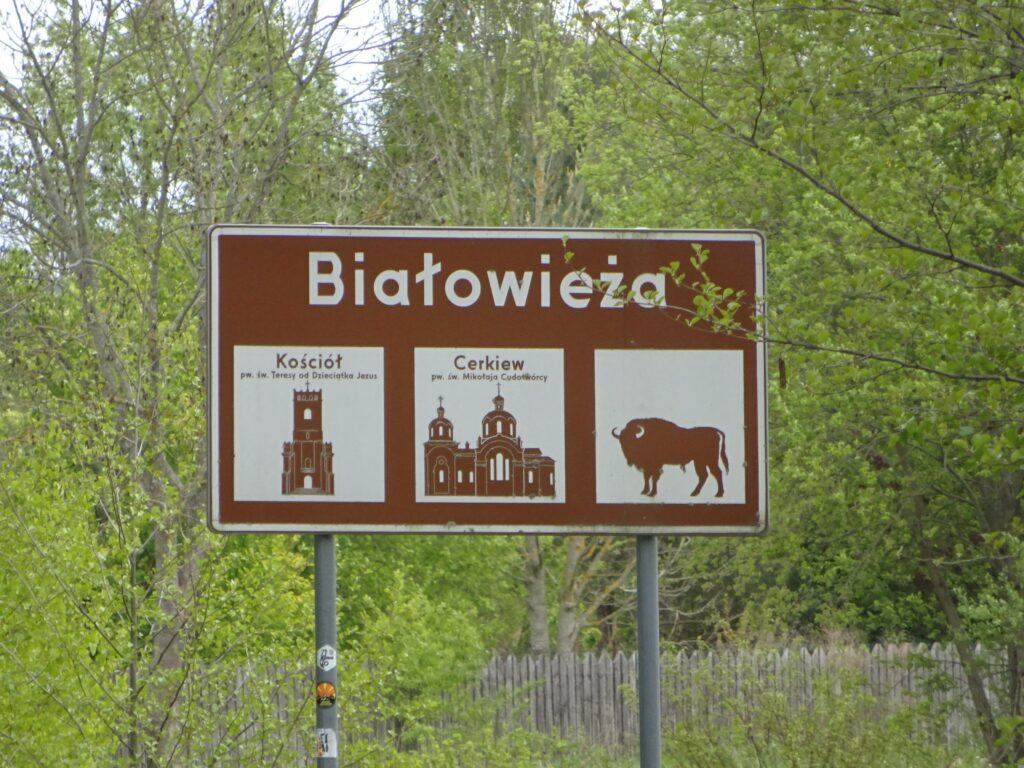
Białowieża Forest
Day four, we arrive at the highlight: the Białowieża Forest! This forest is very old, very large, and has been heavily protected from commercial human exploitation for centuries. The forest is very impressive: Even though we were only walking along the edge, oak trees had been standing there every 30 meters for 400 years. And bison live in the forest!
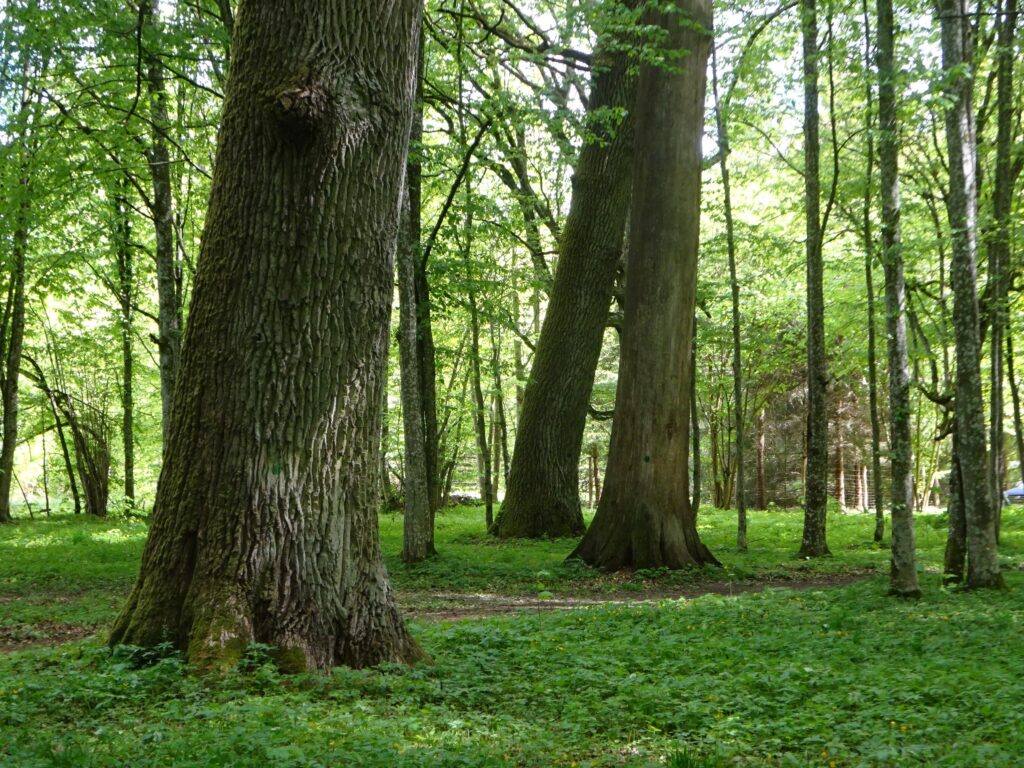
8,000 Years Old
The forest is about 8,000 years old. For over 1,000 years, it has been the hunting ground of the Grand Dukes of Vilnius. After that, the Russian Tsars enthusiastically hunted in the forest. In 1915, the German army conquered the area. For the next two years until the end of the war, Germans enslaved the local residents. A memorial in the Skansen Museum commemorates these people. The Germans had one-sixth of the forest felled and, for the fun of hunting, killed all of the approximately 700 European bison still alive at the time. Light railway enthusiasts can still admire the still-visible German narrow-gauge railways from this era.
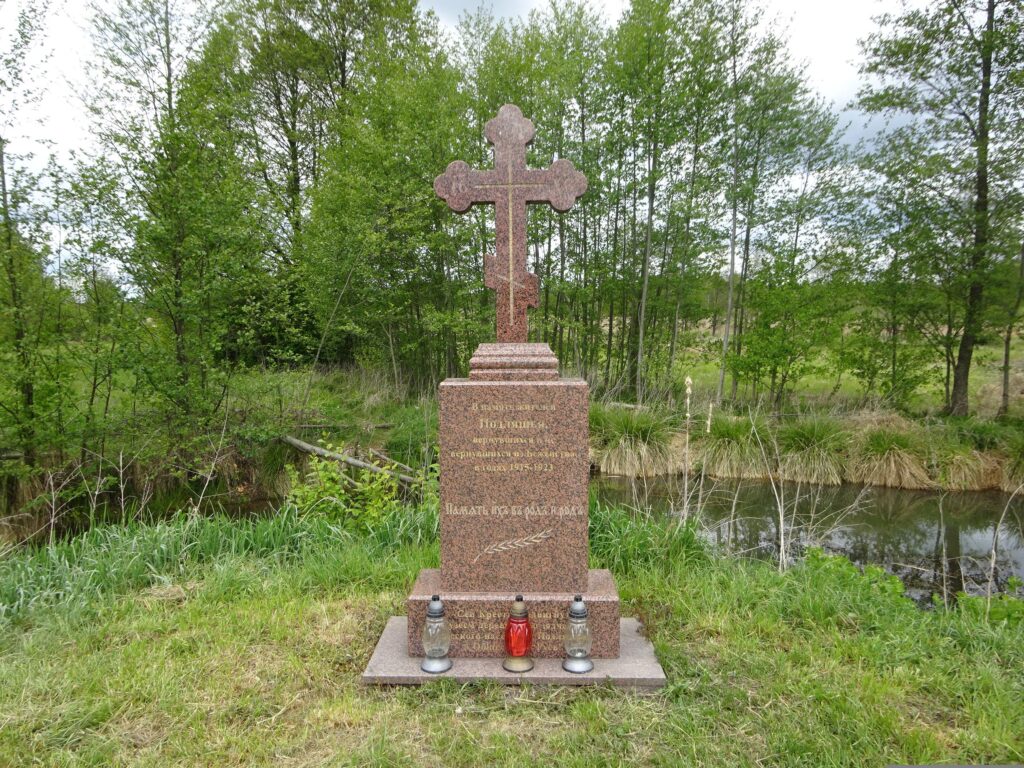
Hunting Ground of the Bigwigs
The interwar Polish Republic established a timber industry. A sawblade still adorns the coat of arms of Hajnowka. In 1941, Chief Forest Master Hermann Göring himself protected the forest again as his private hunting ground. After the war, this use was adopted by the Soviet and Polish communist party bosses, who now shared the forest. During the Stalinist era, deportations also shaped life in the area. A memorial, which I consider very lovingly designed and maintained, commemorates the victims of this policy.
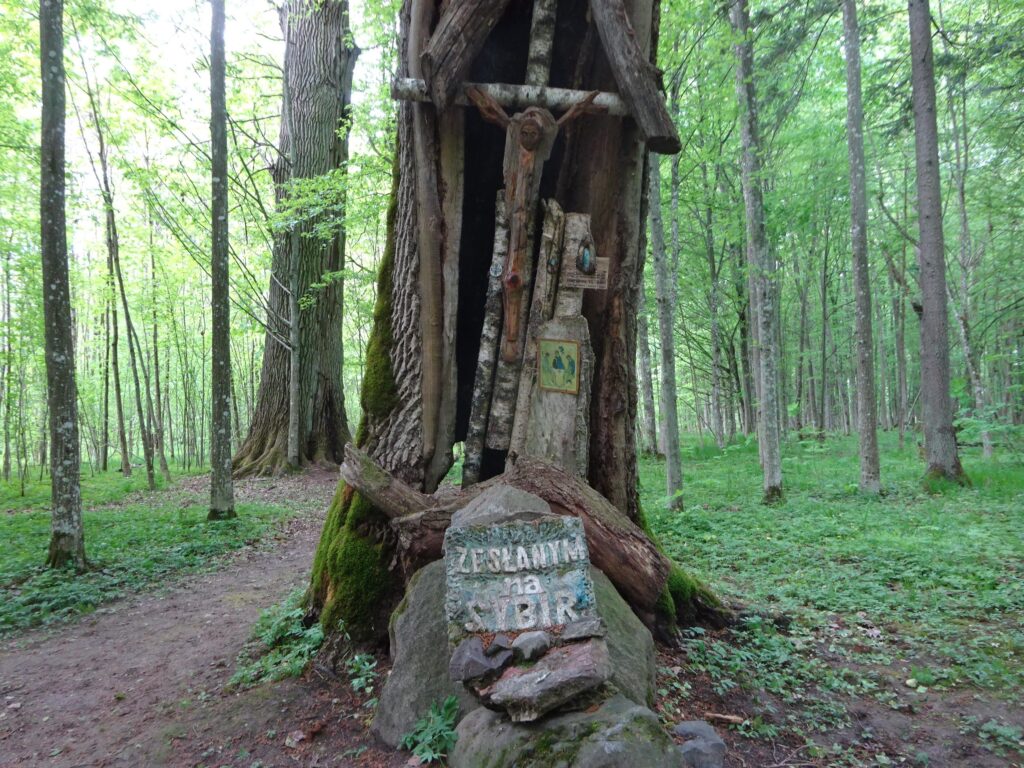
World Heritage Site
Today, the forest is a joint World Heritage Site of Poland and Belarus. In the pleasant 1990s, joint administration worked quite well. After the uprising against election fraud in 2010, Belarus walled itself in and re-erected a huge fence from Sowjet times. In 2023, Poland followed suit and also erected a fence. The government hopes this will keep migrants out. These and many other animals are trapped between the two fences.
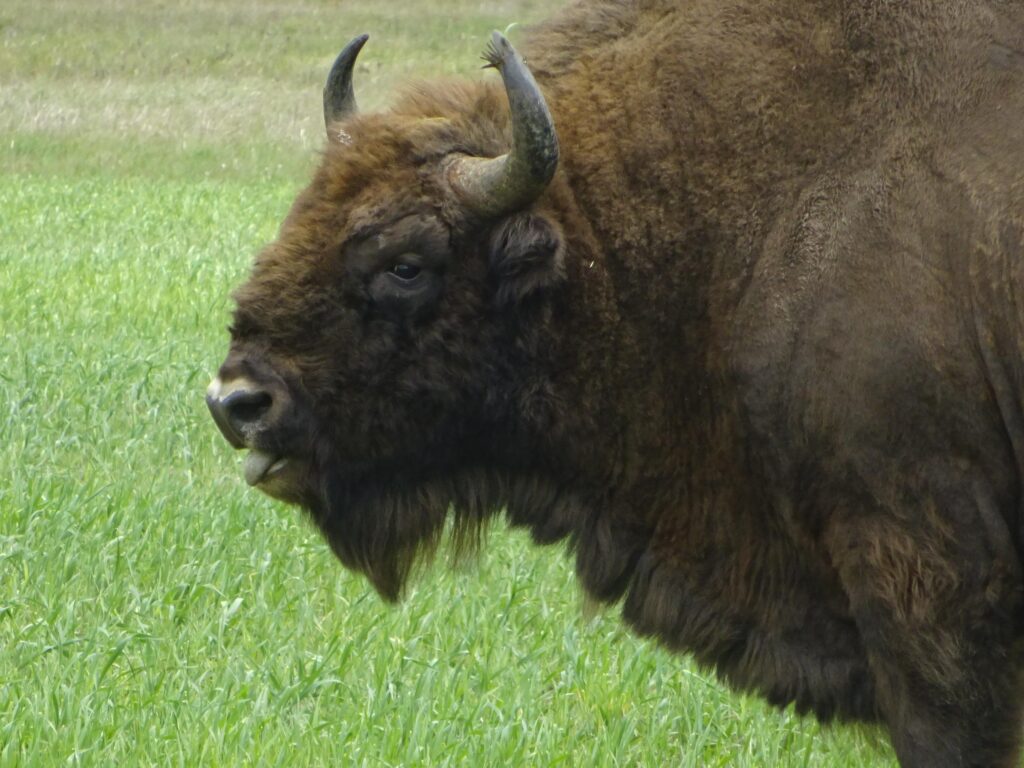
The Bison
The bison in the primeval forest were all dead in 1918. At the hands of the Germans. The Polish government during the interwar period reintroduced them. Bison were relocated from zoos and animal parks to the area. Today, there are again approximately 800 bison in the Białowieża Forest. They roam there just as freely as wild boars, wolves, or deer do here. And we even saw a bull!
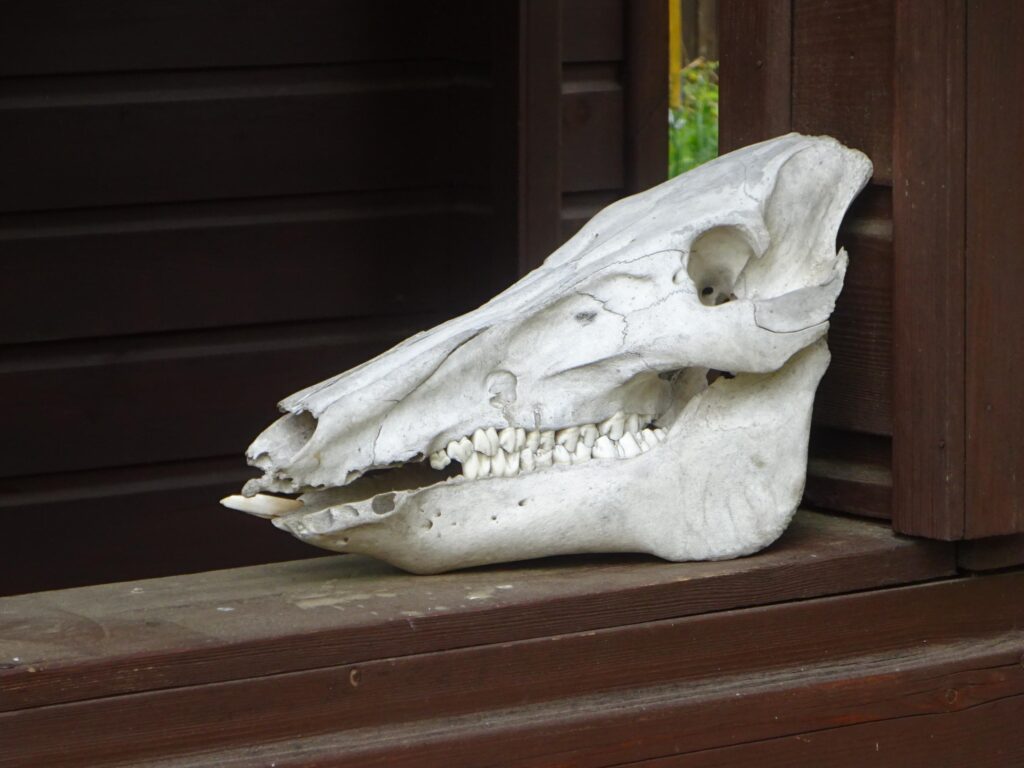
Open-Air Museum
We also visited the Skansen Open-Air Museum. Since 1984, volunteers at this museum have saved about two dozen old houses. There are also two wooden mills there.
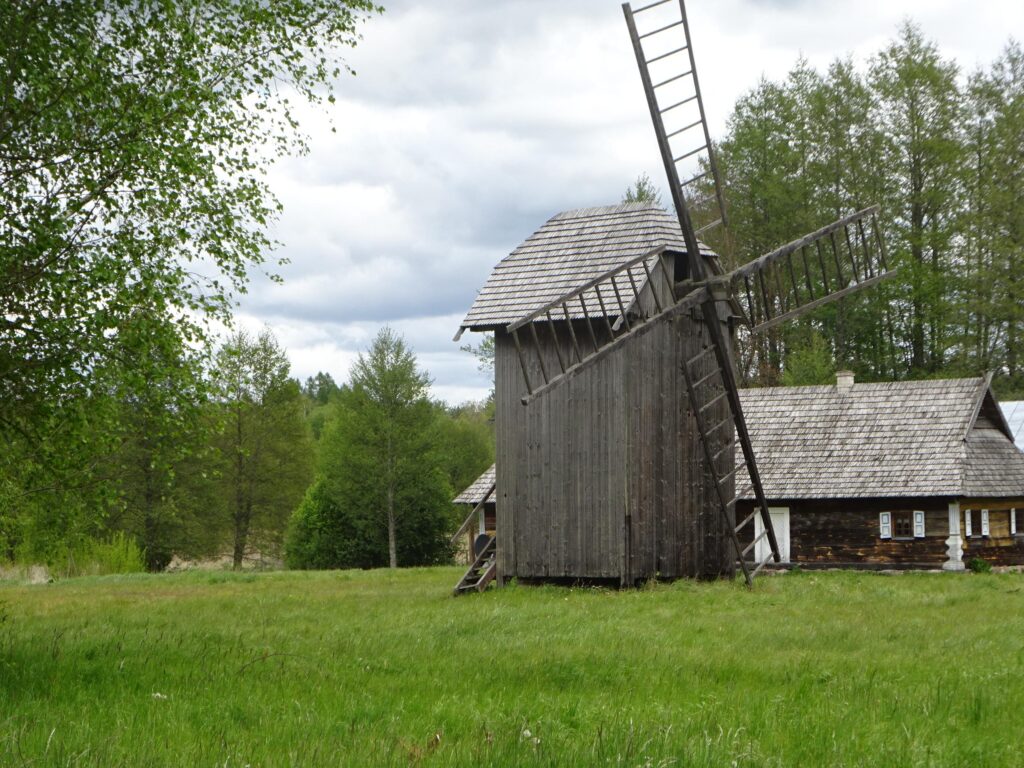
Conclusion
What have I learned from the partnership building activity? I learned that the German army also used forced labor and deportations in Poland during World War I. I learned that the actual situation in Belarus is even more dire than I imagined. And the EU, of all places, could improve the situation with more open borders, but it’s doing nothing! With the Belarus Youth Hub and the Salto Center for Eastern Europe and the Caucasus, I found initial points of contact for project ideas. I’ve lost my hesitation about asking the national agencies for support before submitting an application. I’ve also gained the courage to seriously try a small-scale partnership. I will encourage all our active members to attend training courses as well. And I brought home an agreement for an online event on the topic of „Experiences of Refugee in Eastern Europe“ in cooperation with an organization from Lublin. And Club Mate is invented in Warszawa, too:

More info:
The Salto platform for finding training courses:
https://www.salto-youth.net/
The Youth Council on the problems of Belarusian youth organizations:
https://www.salto-youth.net/rc/eeca/eecapublications/eecamanual/eecamanualbelarus/belarus/
